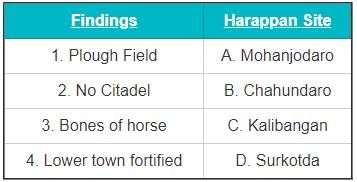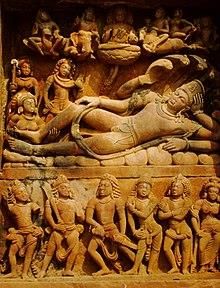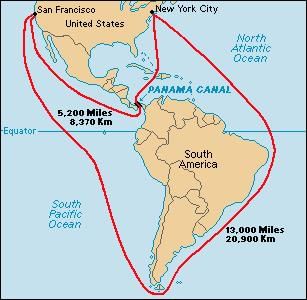UPPSC GS I Practice Test - 9 (Old Pattern) - UPPSC (UP) MCQ
30 Questions MCQ Test UPPSC Mock Test Series 2026 - UPPSC GS I Practice Test - 9 (Old Pattern)
Which of the following nation's Prime Minister resigned from his post 15 January 2020, along with his cabinet after its President called for Constitutional Reforms?
The CPEC project is intended to connect which of the following regions.
Who among the following is the author of the book Himalayan Odyssey?
Consider the following statements regarding Yogasana.
1. The origins of Yogasana competitions can be traced to the Indian Yoga tradition.
2. The Government of India is planning to include Yogasana as a Sports discipline in National Games, Khelo India, and international sports events.
Which of the statements given above is/are correct?
India will be delivering a Kilo Class submarine INS Sindhuvir to which of the following country as part of defense cooperation?
Consider the following pairs:
Tribe - State
Adiyan - Kerala
Chakma - Himachal Pradesh
Tharu - Uttar Pradesh
Bonda - Odisha
Which of the above pairs is/are correctly matched?
Consider the following statements with reference to Minimum Support Price (MSP):
1. The Cabinet Committee on Economic Affairs (CCEA) of the Union government takes a final decision on the level of MSPs.
2. Commission for Agricultural Costs and Prices (CACP) is mandated to recommend minimum support prices (MSPs).
Which of the statements given above is/are correct?
For the 1st time, which state hosted the 14th Global healthcare summit in 2021?
Which of the following are not correct regarding Asiatic lions?
1. According to Census 2020, the Population of Asiatic lions is 674.
2. The census is conducted every 4 years.
3. This year (2020), the count was estimated not from a census but from a population observation exercise called Poonam Avlokan.
In October 2020, which country assumed the Chairmanship of the Governing Body of the International Labour Organisation (ILO)?
In a first for Uttar Pradesh, Lucknow Municipal Corporation bonds worth Rs 200 cr were listed on which of the following in December 2020?
In November 2020, Tezpur Litchi, of which state, has been granted the Geographical Indication (GI) tag?
Who among the following is the recipient of the Young Career Award 2020 in Nano Science and Technology? (May)
Which of the following ecological pyramids is always upright?
Who took the oath as Prime Minister for the fourth time in Sri Lanka?
Consider the following about the Change-5 probe, recently in the news
1. It is an unmanned spacecraft by Japan
2. The first time for a probe to take off from the surface of the Moon
Which of the above statements is/are correct?
Consider the following statements:
Assertion (A): The eastern coast of India is affected by tropical cyclones more than the western coast of India.
Reason (R): Tropical cyclones originate only in the Bay of Bengal.
Select the correct answer from the options given below:
Which of the following statements is NOT correct about the Dashavatara Temple, Deogarh in UP.
Which of the following are devices of "direct democracy"?
1. Referendum
2. Initiative
3. Recall
4. Plebiscite
Select the correct code from the given options -
With reference to activities under the Non-Cooperation movement, consider the following statements:
1. Boycott of government-aided colleges.
2. Boycott of British courts.
3. Surrender of titles and honorary offices.
4. Programme of council entry to obstruct the British activities.
Which of the statements given above are correct?
The Ganga-Satluj plains in the northwest and black soil region of the Deccan are essential for the production of which crop?
Which among the following provided an edge to the Civil Disobedience Movement (CDM) compared to Non-Cooperation Movement
1. Participation of Muslims
2. Absence of communal clashes
3. Participation of labourers
4. Responses from the business groups
Select the correct answer using the options given below.
The river, which makes the border between Haryana and Uttar Pradesh:
Which of the following options has the correct mountain range ranges from North to South in India?
With reference to the Mansabdari system, which of the statements is/are correct?
1. The Mansabdari system was the official nobility of the state, started by Akbar.
2. Mansabdari was hereditary.
Select the correct answer using the codes given below:
Which of the following organizations won the Nobel Peace Prize 2020?
|
2 docs|37 tests
|




















